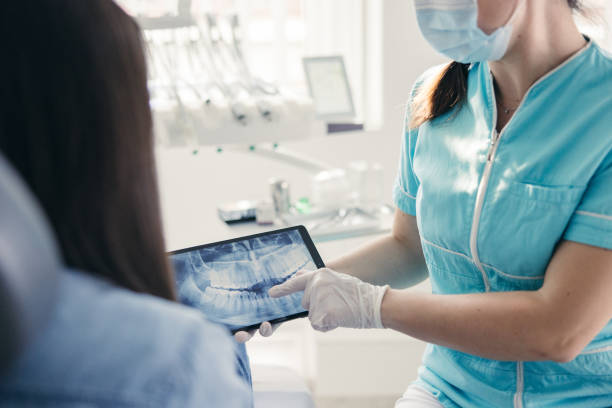Technological advancements have led to a substantial transformation in orthodontics, the dental speciality that focuses on the
correction of misaligned teeth and mandibles. The overall patient experience has been improved by these innovations, which have also improved the efficacy and effectiveness of treatment.
Digital Imaging and Computer-Aided Design (CAD) is one of the most noticeable developments in the field of orthodontics
3D scanning technology enables the development of highly precise digital models of a patient's teeth and mandible, thereby enabling orthodontists to gain a thorough comprehension of the alignment obstacles. These data are subsequently employed to develop
personalised treatment programs, including clear aligners and conventional braces. The capacity to identify the result of treatment before its commencement has enabled patients to make well-informed decisions regarding their treatment.
Introduction of accelerated orthodontic methods
High-frequency vibration devices or soft tissue lasers are frequently employed in these techniques, which have the potential to reduce the duration of treatment. These techniques are currently under investigation and refinement; however, they provide patients with the opportunity to achieve quicker results.
The comfort and convenience of orthodontic treatment have been enhanced by technological advancements
Clear aligners have gained popularity due to their more discreet and comfortable alternative to traditional braces. Self-ligating brackets, which may reduce friction and abbreviate treatment time, have also contributed to a more positive patient experience.
Conclusion
Technology has been instrumental in the transformation of the field of orthodontics. Efficient, effective, and comfortable treatment options have been enhanced by the implementation of digital imaging, CAD, accelerated techniques, and enhanced appliances. More significant advancements in orthodontic care are anticipated in the future as technology continues to develop.
Source: iStockphoto

COMMENT FORM